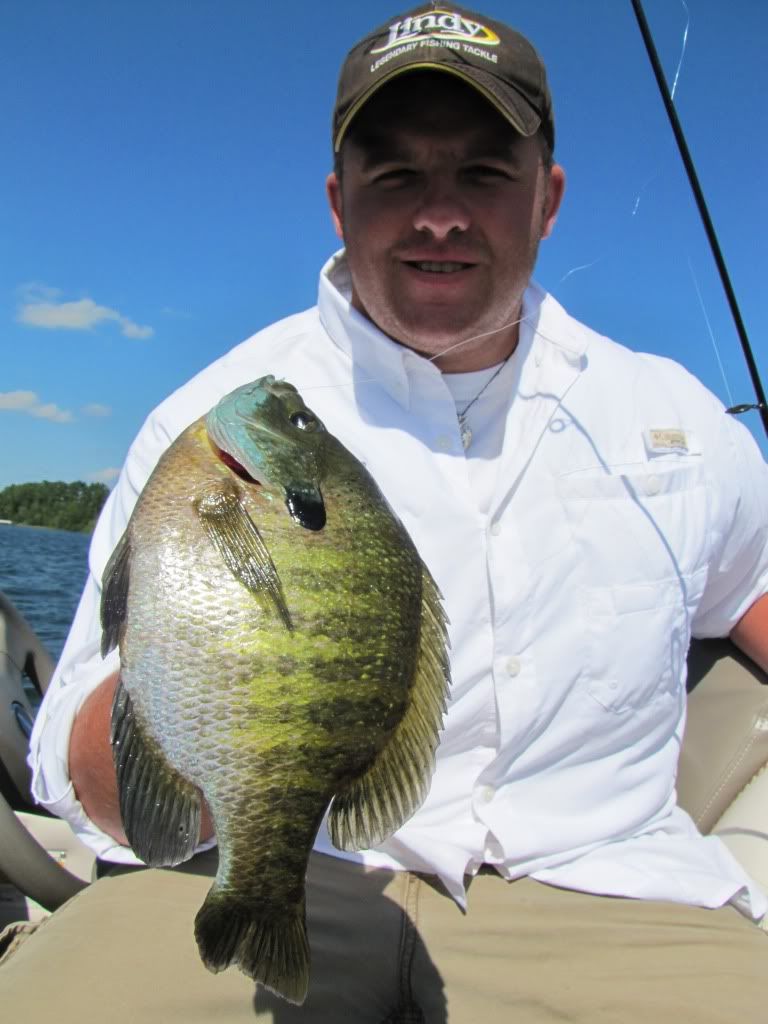“No, it’s not even fall yet” the voice in my head keeps telling me. Yet as I sit here sorting ice fishing gear and playing with different setups I can’t help but notice a slight twitching in my jigging hand. The leaves on the trees have not even begun to change, but I swear I can almost smell the ice starting to form. If I close my eyes and concentrate real hard the sound of the cracking and popping of first ice can be heard. Yep, I have a problem. But I am ok with that, I just need to make it a few more months….
There is nothing quite like that first fix of the season. Driving around for days hoping to see the edges starting to lock up. Then the feeling of your heart beating in your throat as you slowly work your way out onto iffy ice “just to check” with your ice picks around your neck and your chisel tapping ahead of you. Depending on the year this period of “ice tease” can go on for a week or more. But it all leads up to that glorious day when you finally can make it out to a fishable depth, pop your Marcum in the hole and lose yourself in the colors as work on icing those first few fish. First ice! It should be a holiday in the northern states.
What really makes that first ice so enjoyable is the peace you get out there. It’s too early to need a power auger, there are no idiots on snowmobiles buzzing within feet of your location, and you don’t have to squeeze in door to door over this years hotspot listening to a bunch of people partying next door. It can be as simple or as complicated as you want it to be. If you wanna drag your house filled with all sorts of goodies out, it’s easy pulling with little to no snow on the ice yet. Or you can simply throw on a pair of cleats and grab a Lazer hand auger and a bucket of gear.
It’s almost here! Well, maybe not, but a guy can daydream. If you have the itch starting around mid-august like I do then you understand. If you don’t, well then you don’t really understand what you are missing, have fun hibernating.

